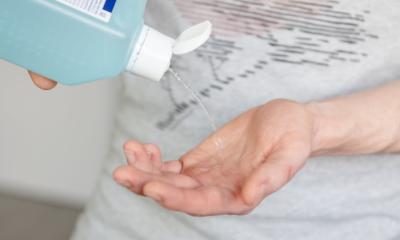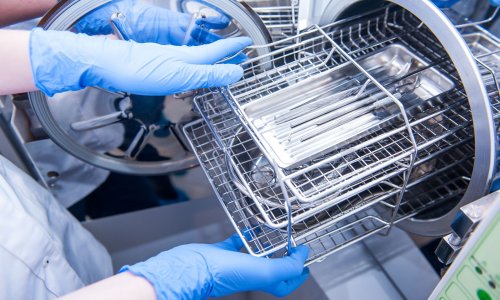Paper handkerchief technology
The Europe-wide research by Westminster University, England and T.Ü.V. Rhineland, Germany, has proved the advantages of hand wiping with paper rather than with textiles or warm air.

It was demonstrated that after washing bacteria on hands increase. However, after drying with absorbent material (paper tissue) bacteria on hands was seen to decrease by up to 24%. ‘We can further improve on these results with our new handkerchief range Katrin One Stop,’ researchers at Finland’s manufacturer Metsä Tissue report, adding that, due to an innovative embossed pattern, the new handkerchiefs are softer, stronger, more absorbent, but still more cost-effective. ‘They absorb up to 20% more bacteria and dry hands up to 100% faster than conventional paper products. Any germs and bacteria remaining after washing are, according to the research results, drastically reduced. In an age of risk infection worldwide, this is decisive news.’
Metsä Tissue adds that it always provides a range of ‘...suitable dispensers to guarantee user-friendly and maintenance-free usage. In addition, the user should be able to choose a unit that suits and accentuates the surroundings. So, environmental hygiene and economy are not reduced. One-Stop paper handkerchief dispensers are touch-free; dispense a folded, single sheet and are easy to clean. The Katrin Ultimatic collection and a metal version are available in matt stainless steel or high quality white.’
The Metsä paper handkerchief quality has been dermatologically tested and was also successful in an independent hypo-allergy test, the firm adds. ‘Therefore the products are also suitable for people with sensitive skin - a prerequisite for all users, because only acceptance will keep hands clean, even in a healthcare environment.
Details: www.metsatissue.com
01.07.2006










